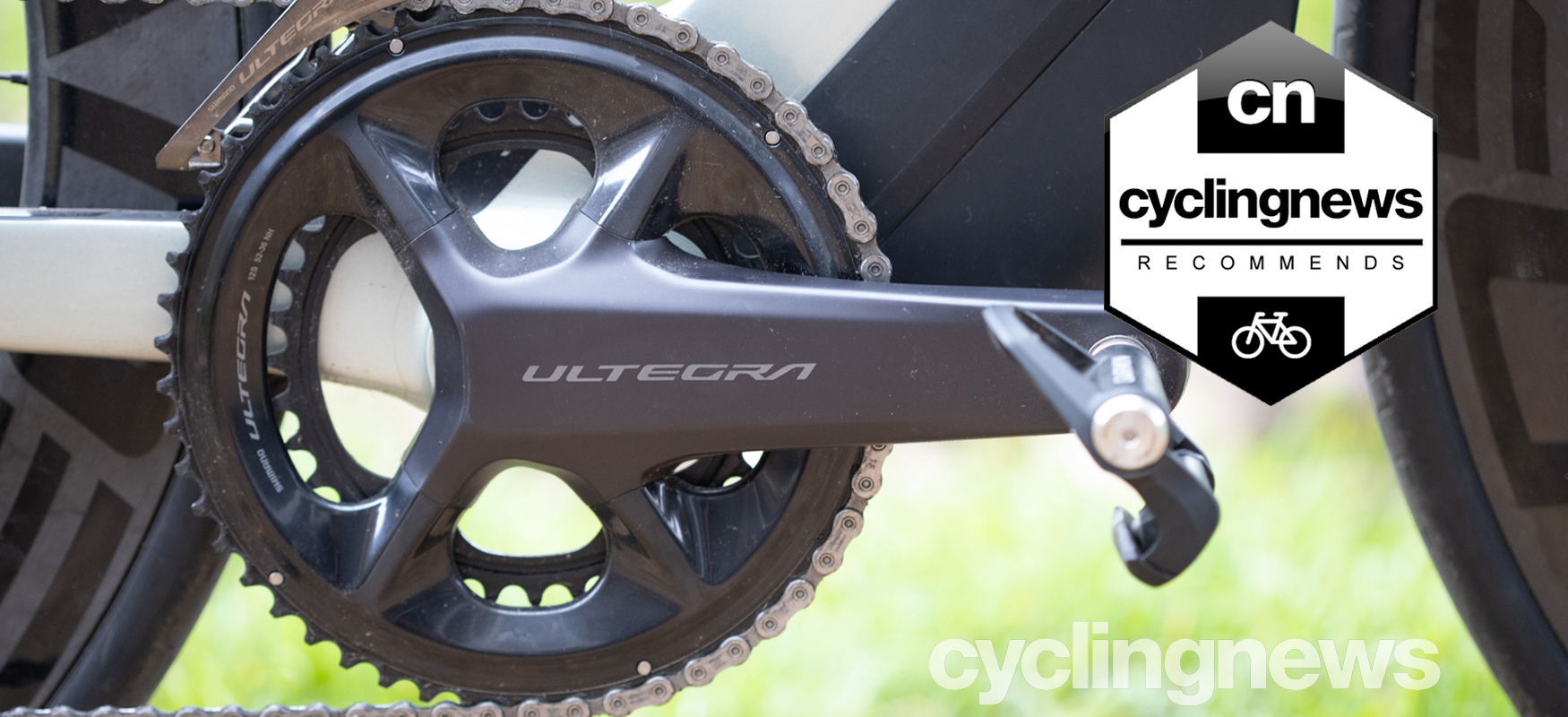Cyclingnews Verdict
Shimano Ultegra R8100 covers everything a modern groupset should and it does it without needing a new freehub standard. It’s nearly perfect although the small gear change levers continue to be a challenge even after the update.
Pros
- +
12-speed gearing without any freehub change
- +
Wireless front controls make for a more aero setup
- +
Almost all the performance of Dura-Ace at a fraction of the cost
- +
Simplified wiring and built-in wireless connection
- +
Excellent braking performance
- +
Mobile app for customisation and maintenance
- +
Visual indication of derailleur micro-adjustment in the app
- +
Top of hoods button feels like magic
Cons
- -
Small shift buttons
You can trust Cyclingnews
The year 2018 seems like a lifetime ago given where the world has gone since then but four years ago Campagnolo dropped the first 2x12 groupsets into the market. At the time it was mechanical only but it was the first. A year later, in the beginning of 2019, SRAM brought its own version of 2x12 shifting to market. This time electronic wireless shifting only and with a unique take on gearing. Now it's time for Shimano to take its turn in the 2x12 spotlight with Dura-Ace R9200 and Ultegra R8100.
At the end of last summer, the announcement was official that the next generation of shifting from Shimano would be 2x12 and electronic only. Given Shimano's place in the history of cycling, they were both almost a shoo-in for our roundup of the best road bike groupsets available.
We've also covered our initial impressions of Shimano Dura-Ace R9200 but now it's time to talk about what it's like to ride Ultegra R8100. If you are considering breathing new life into an old frameset with an upgrade or shopping for a new bike, keep reading to see what we think of the latest Ultegra R8100.
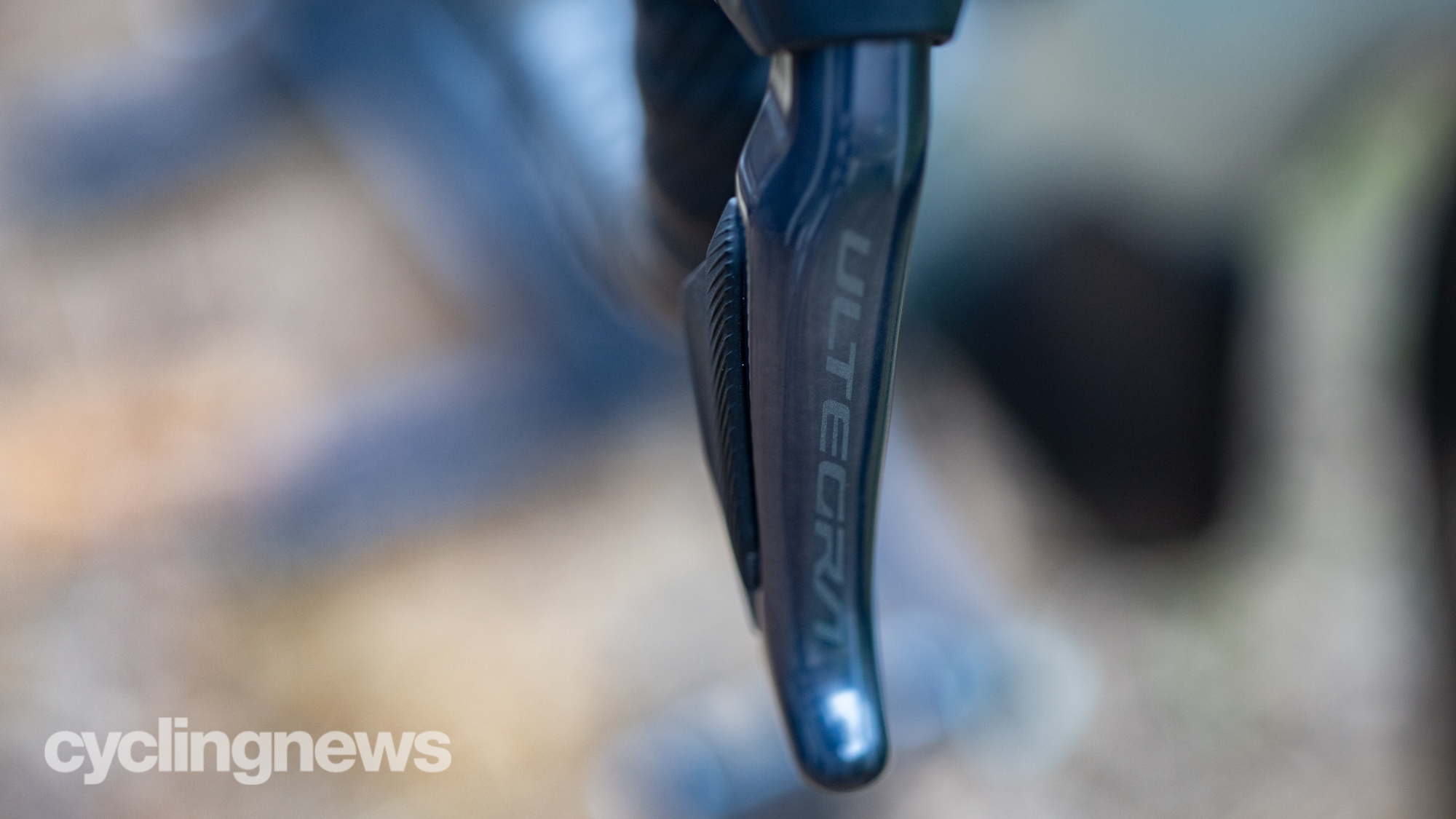
Design and aesthetics
Looking at the aesthetics of Ultegra R8100 compared to R8000, the differences are subtle at best. As with most groupsets, the biggest canvas for design is the crank. The two pieces are different but from afar you might not even notice until you compare the two.
The old design has a sense of motion to it. There are curves and angles that reflect light in different ways. The latest design keeps the basic outline of the four arms but all the organic movement is gone. Instead, there's an almost I-beam-like central arm. It's a simplification and gone is the feeling of motion replaced instead with efficiency and strength. There are other areas of aesthetic differentiation but while the small changes in shape at the controls, and smaller front derailleur, are more about efficiency it's here in the crank that Shimano is staking out the visual tone of the new groupset. Sending the message of precision and efficiency seems to be the idea and that's borne out in the rest of the design changes.
The headline design changes are 12-speed and electronic-only shifting. However, within that, there are details that speak to the efficiency storyline. Part of the move to electronic-only shifting is an update to the routing and wiring of Di2. It's vastly simplified with no more junction boxes or any need for additional wireless components. It also uses a semi-wireless design similar to that of the FSA K-Force WE.
While older versions connected through junction boxes, the whole system now revolves around the rear derailleur. There's still a central battery, good for approximately 1,000km of riding per charge, but now this battery has only two wires. One runs to the front derailleur and one runs to the rear derailleur. The interface button, and charge port, sits on the rear derailleur and the front controls use their own coin cell batteries with a life expectancy of two years. Wireless ANT+ and Bluetooth capabilities are now baked into the system as a default.
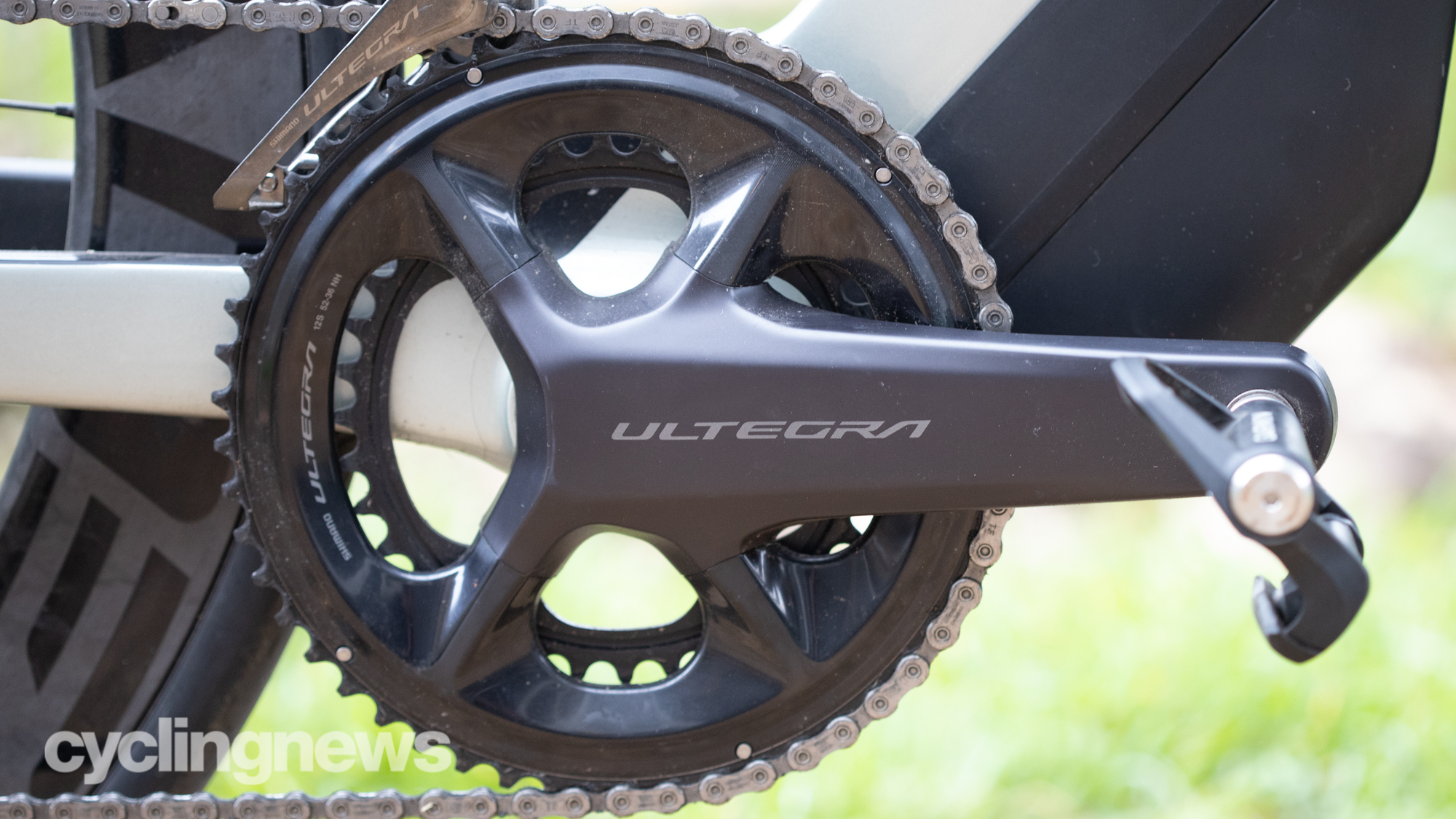
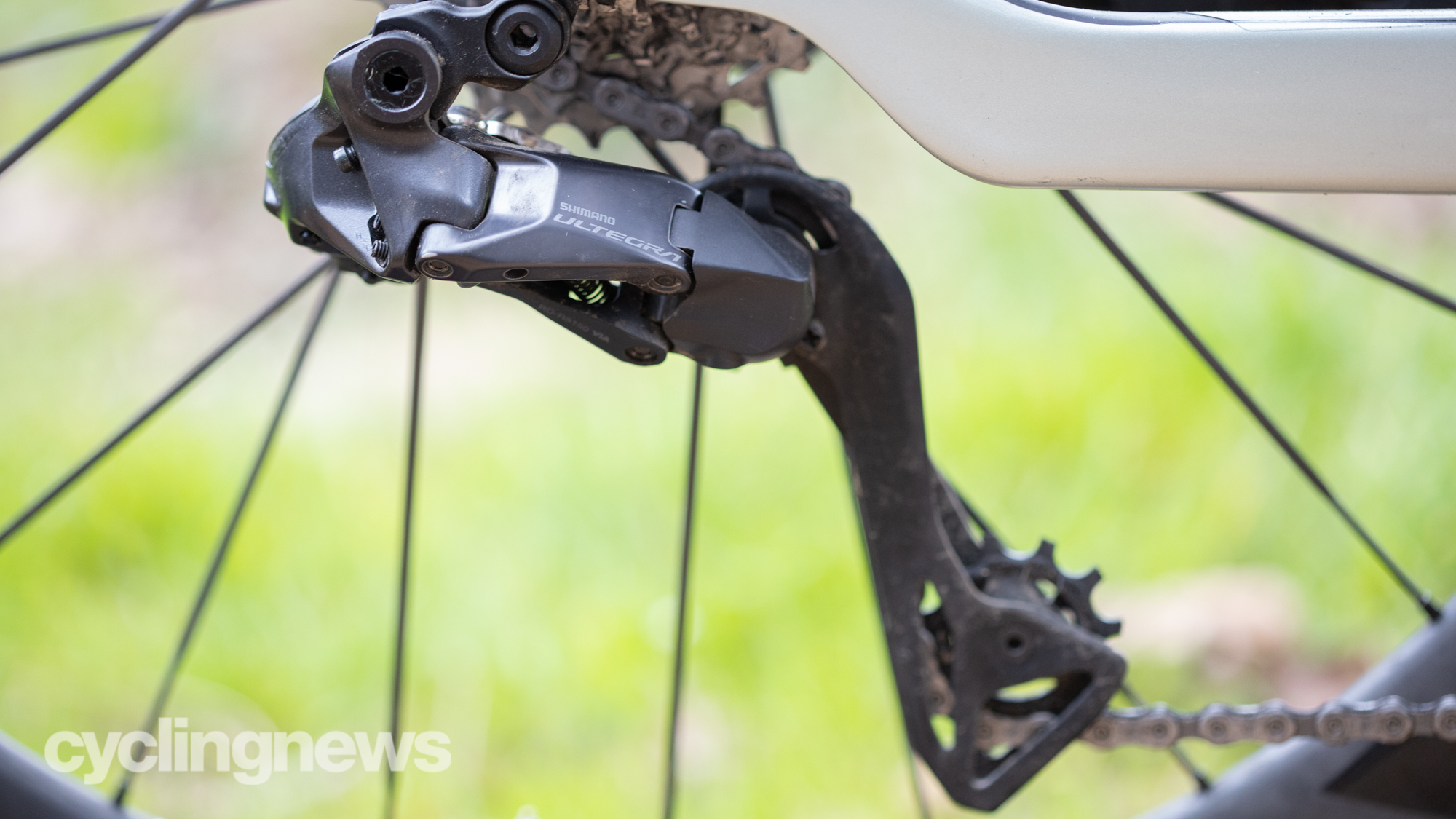
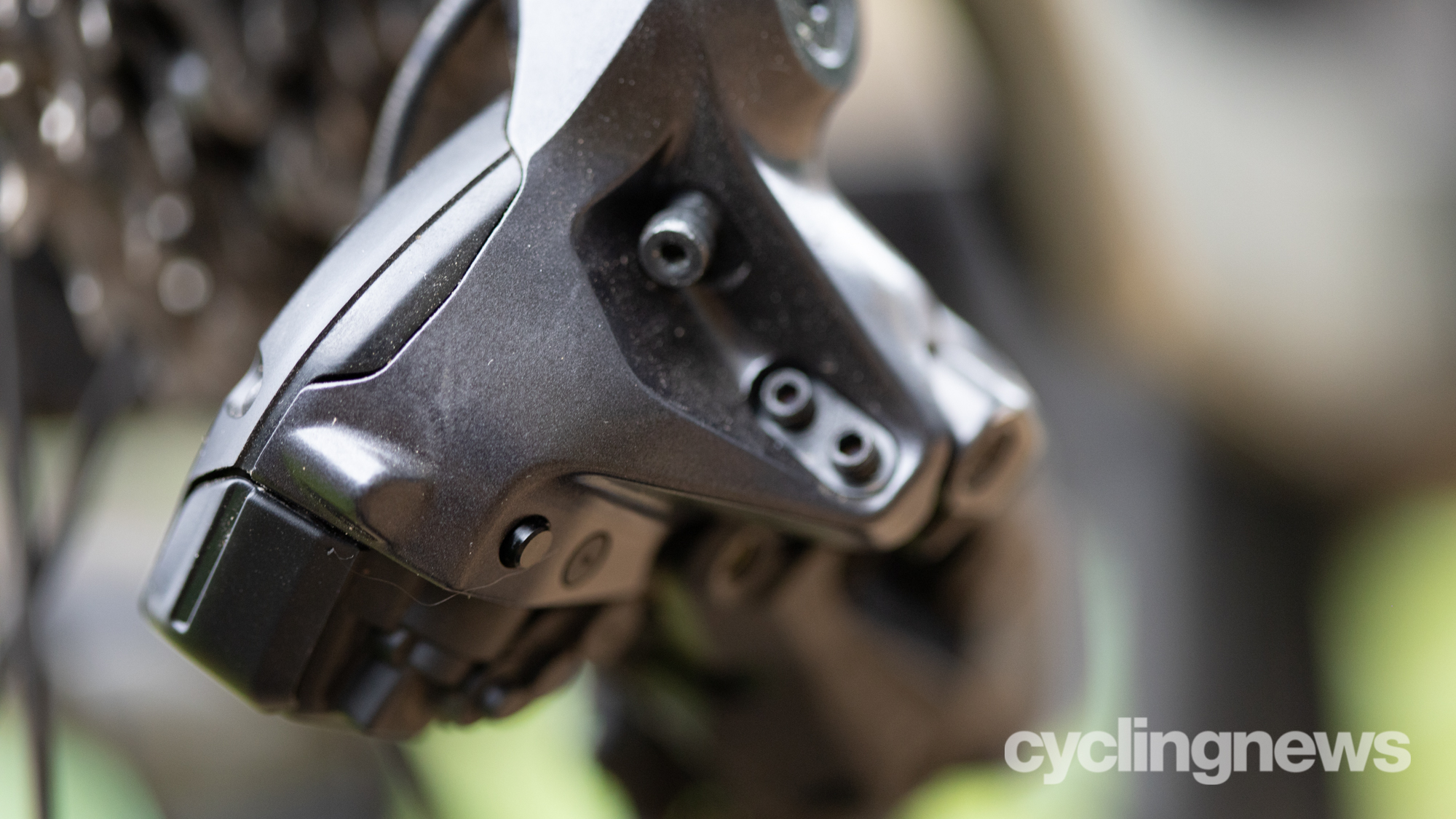
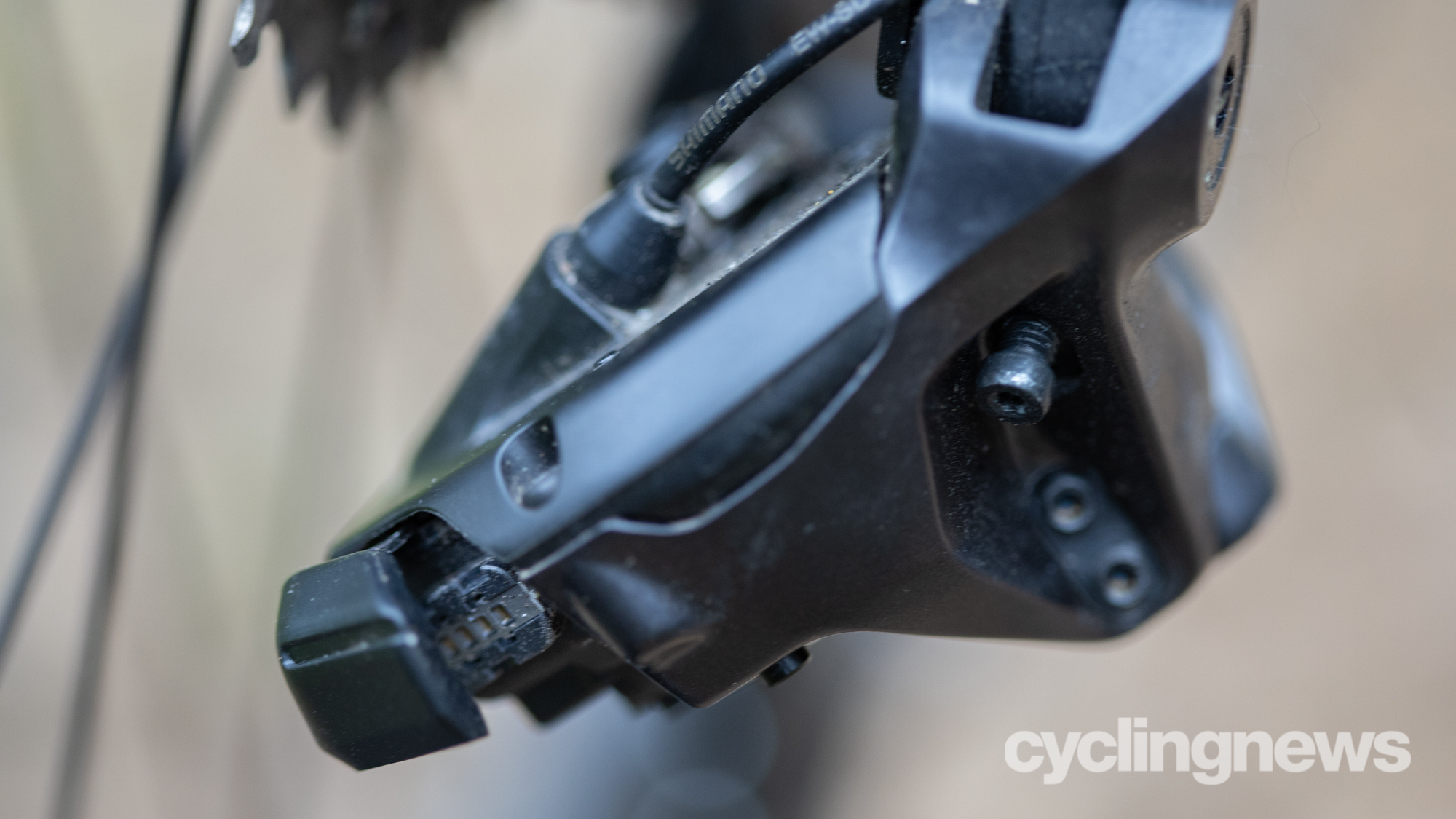
The efficiency story is central to making all this work. While SRAM uses a separate battery on each component, Shimano claims that it wanted to stick with a larger battery capable of providing more consistent power. The need for consistent power is because of a focus on shifting speed. Claimed shift response times are now 58 per cent faster at the rear and 45 per cent faster at the front.
The upgraded brakes are another place where the efficiency story shows up. This time there's also an element of confidence and control thrown into the mix but the basic story is efficiency through Servo Wave technology. Servo Wave is a technology pulled from the mountain bike wing of the Shimano product catalogue. It reduces dead space in the initial lever pull for a more immediate connection between brake pads and rotors. It's more efficient and provides better movement when paired with small mountain bike levers. It also happens to work well when you've got your hands up near the top of a road bike STI.
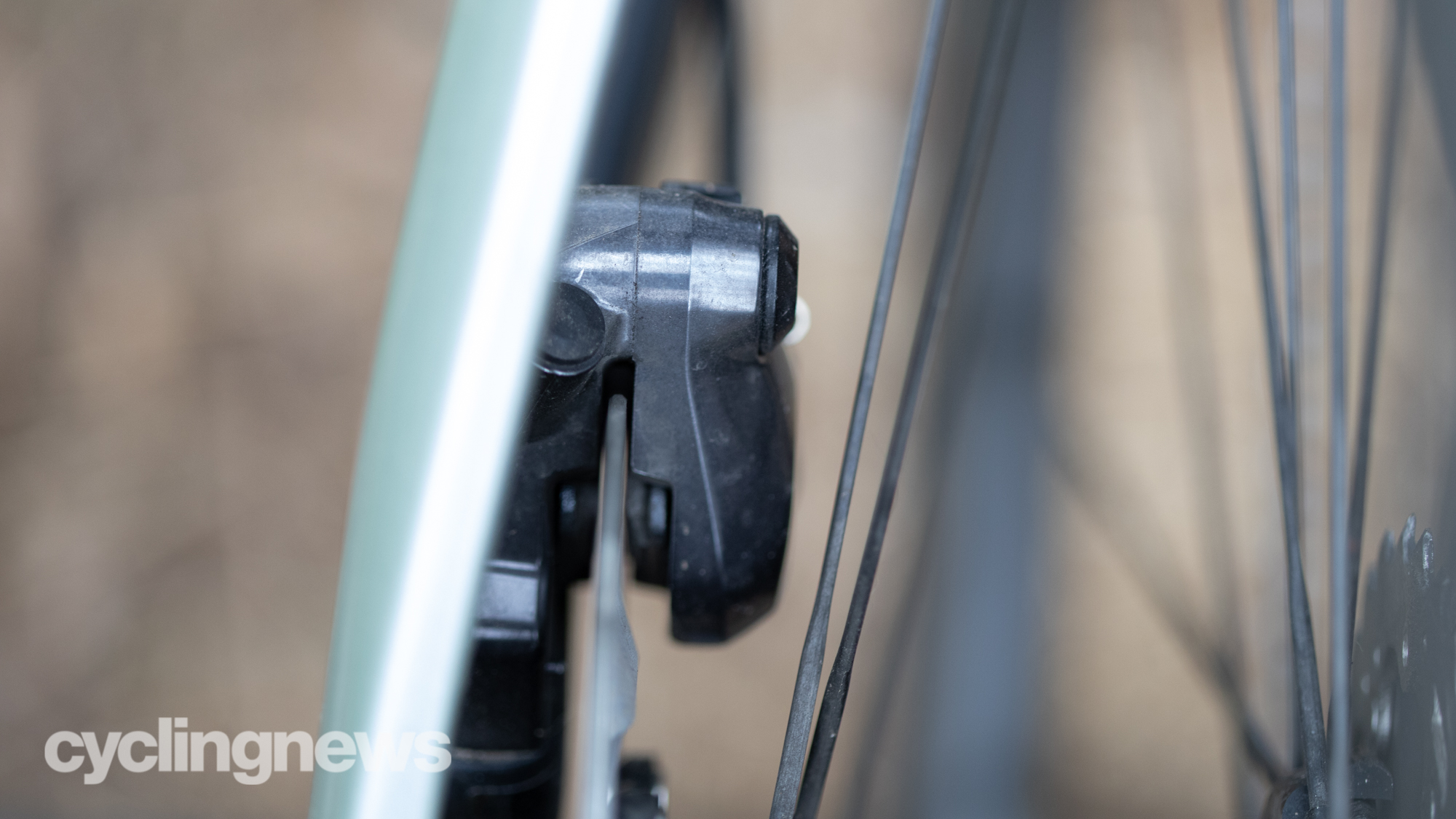
In addition, a 10 per cent wider brake pad and rotor clearance and a switch towards Shimano’s RT-MT900 rotors results in a quieter system. Less heat deformation of the rotor and less temporary interference between the pad and the rotor means less noise but should also mean less maintenance. Brake maintenance also improves with the addition of a separate bleed port and valve screw added to the calliper.
Finally, there's also another thread of efficiency when it comes to the available rear cassettes. The cassettes are part of the headline features in that they now carry 12 sprockets but the details are all about speed and efficiency. The technology in play here is Hyperglide+ and it's, again, pulled from the off-road section of the Shimano catalogue. In this case, that means there's efficiency beyond performance.
Hyperglide+ technology provides smoother, faster, shifting both up and down the cassette even under load. There are two parts to making this work. On the cassette side, Hyperglide "keeps the chain engaged with both cogs when shifting up from one gear to the next." The innovation with Hyperglide+ comes from the chain side of the equation. Shimano extended the chain’s inner link plates to "create a more secure connection between the chain and cassette gear teeth." That extra surface area reduces vibration between the cassette and the chain and that, in turn, means better shifting even under load. It also means the same chain for Ultegra R8100 as XT M8100 and better efficiency of production and consumer sourcing.
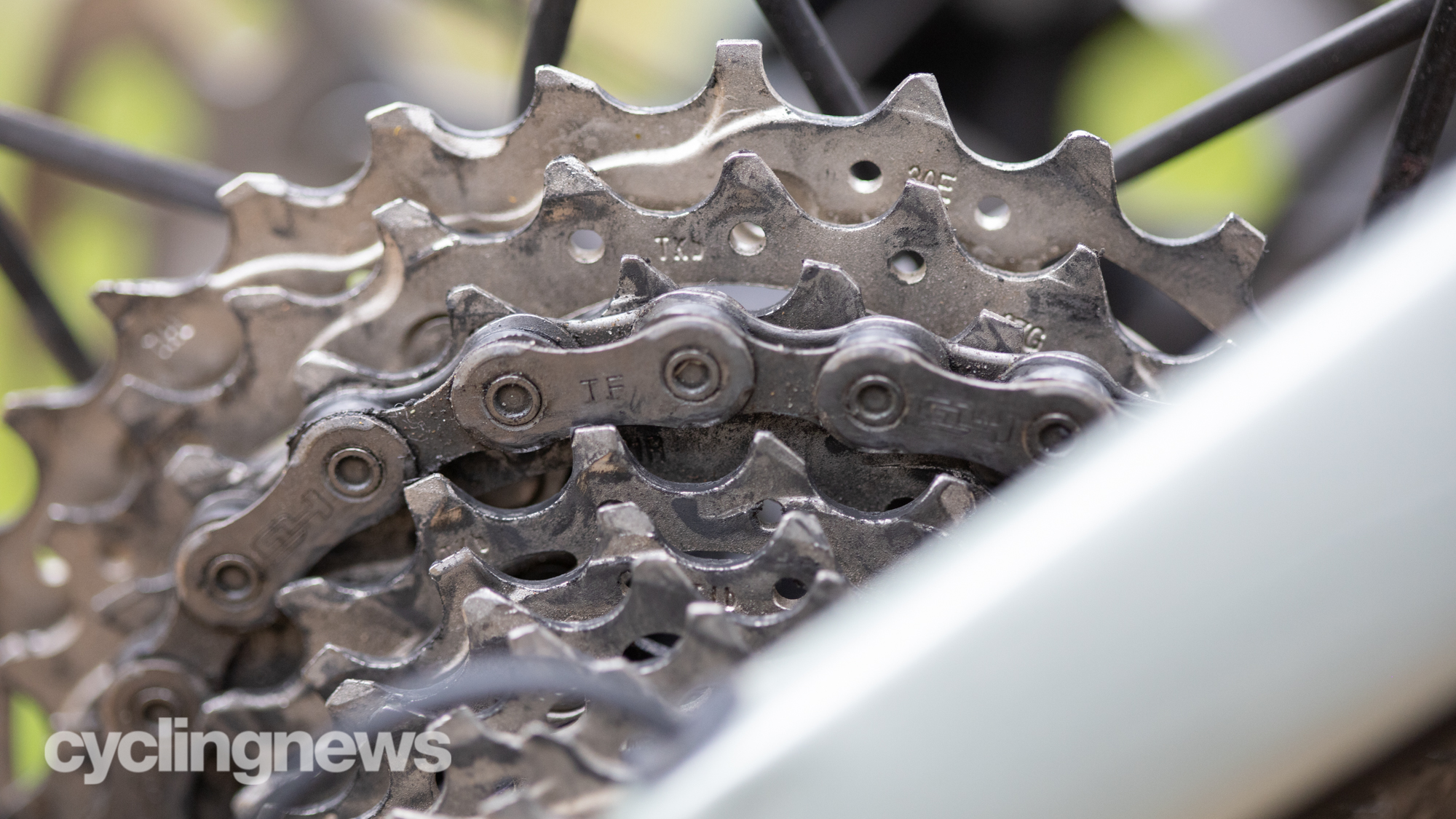
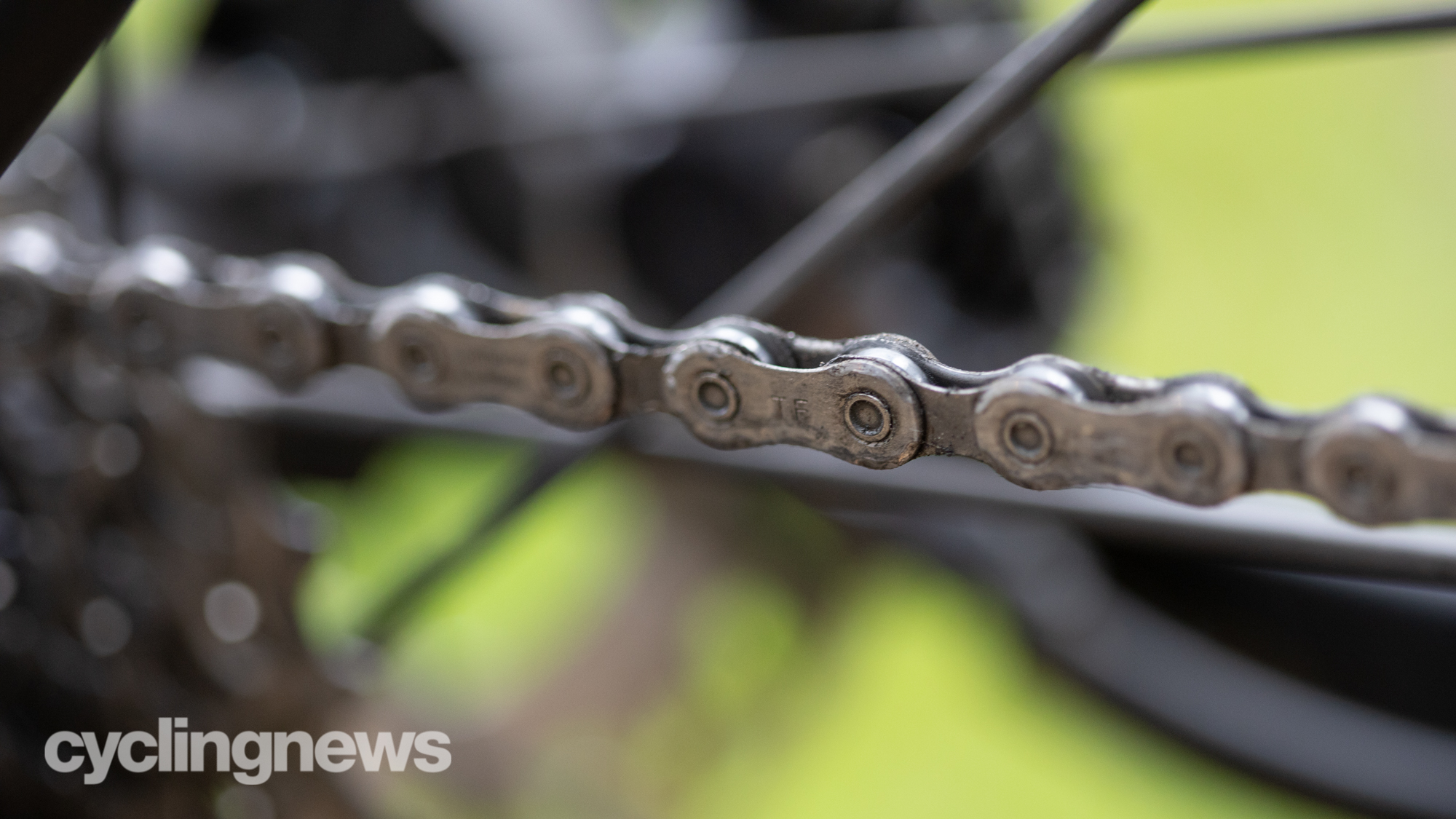
Shimano E-Tube project app experience
Interfacing with modern electronic groupsets means there's an app experience. In this case, that means the Shimano e-Tube Project app. The name is confusing if you aren't using it with a Shimano powered electric bike but once set up with Ultegra there are no extra sections dedicated to assist controls. I spent time with it using a Google Pixel 4a smartphone and the latest version of Android.
After registering the system, the start of connecting is a button press on the back of the rear derailleur. Give it a solid press and you'll see a flashing blue light. The app will detect the derailleur and the connection process will start. It takes a moment to connect and each time it will ask you if you want to change the default passcode.
My initial notes on the app were that it was buggy and confusing. Over and over the app crashed before fully connecting. At one point I tried an older tablet to see if an older version of Android would be more stable. It was not and I worried I'd end up with a "bricked" system like many reviewers on the Play Store. Eventually, I managed to connect and update the firmware on all the pieces of the system. From there the whole experience changed. I haven't experienced a single crash since then.
Once things were working smoothly, I was able to get to the reason I opened the app in the first place. I was experiencing a tiny bit of chain rub on the front derailleur in the 21 tooth cog of the cassette. I needed to micro-adjust the position of the derailleur.
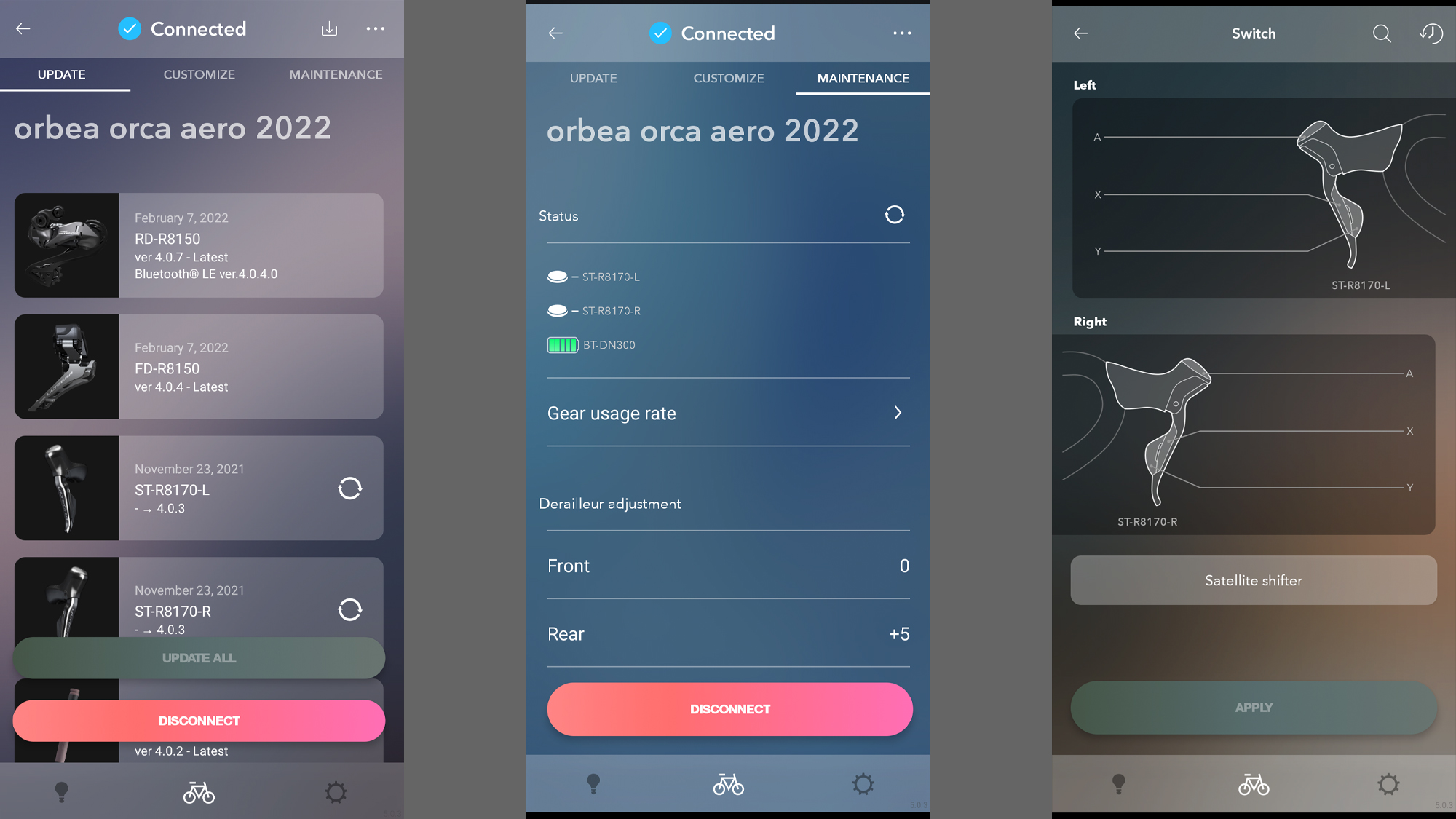
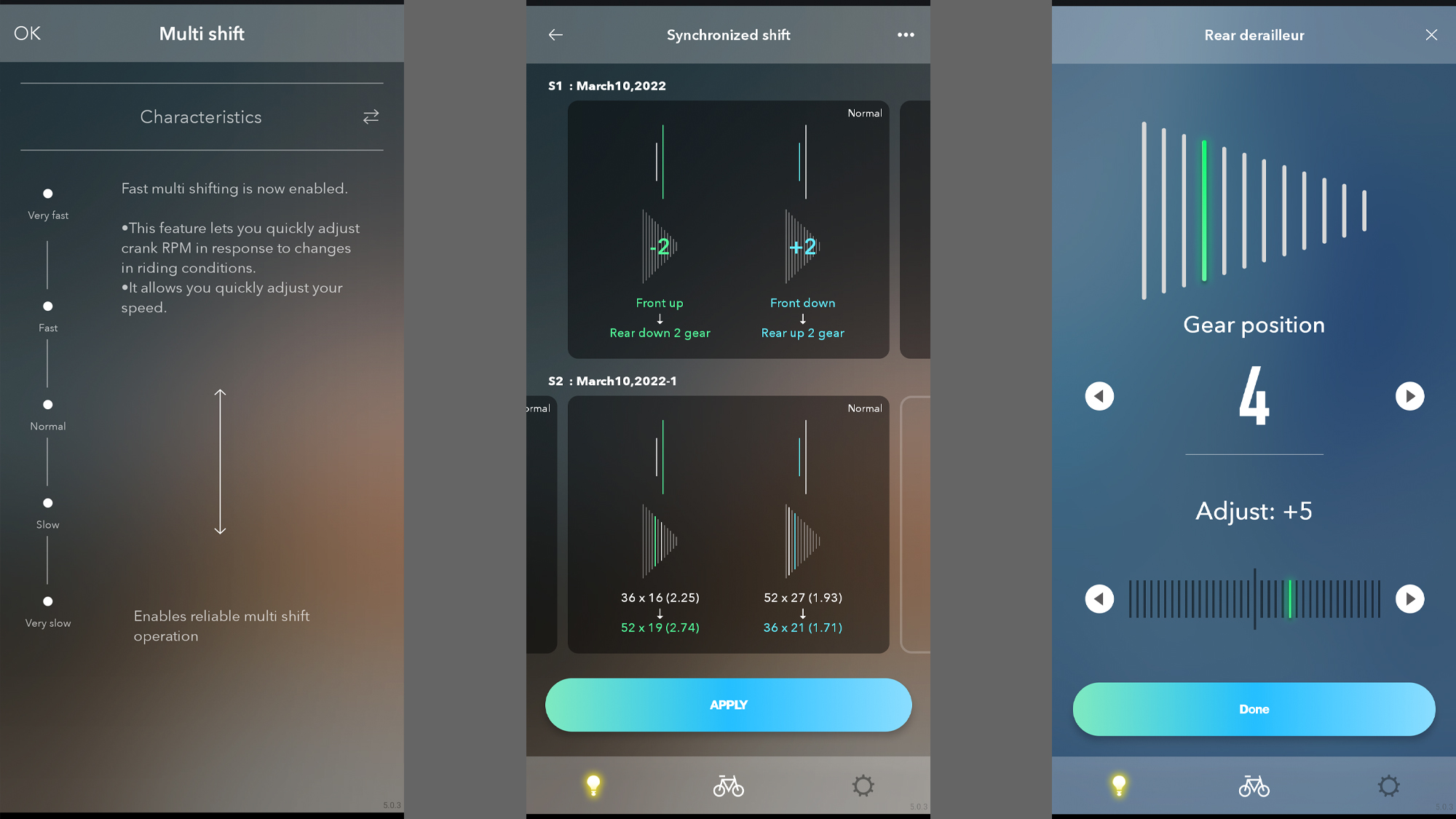
One of my favourite things about electronic shifting is the ability to adjust the derailleurs electronically. With SRAM and Campagnolo there's a system to put the groupset into adjust mode then you press the gear change buttons to make tiny movements one way or the other. I have always struggled to do the same thing with mechanical systems and often end up starting from scratch after hopelessly losing the adjustment.
With an electronic system, you always know which way you are moving the derailleur and it's always a set amount. Shimano takes this advantage up another level. Instead of using the gear shift buttons, you do it in the app. The app shows you exactly how far you've moved the derailleur and there's even a guided system for the front derailleur. If you've got different wheels that need slightly different alignment you could write it down and move it to the same place each time you switch wheels.
Outside of the micro-adjustment and firmware updating, there are also customisation options in the app. Each control lever has three buttons, two that traditionally control the up- and down-shifts plus there's a third on top of the hood, beneath the rubber cover. The default setting is that the button next to the brake lever moves the chain up to a larger sprocket or chainring, and the second button moves the chain back down. The right hand controls the rear cassette and the left hand the front chainrings. All three buttons are customisable.
There are also options for setting up multishift and synchronisation. Multishift is the ability to hold down the buttons for continuous movement across the cassette and synchro shifting can be either full synchro or partial. In the multishift setting, you can set how many gears it will move through when you hold the buttons as well as how fast it will move. When it comes to synchro shifting, full synchro means that you only have to worry about shifting up and down the rear cassette, and the system takes care of deciding when that means moving the front derailleur. Semi synchro means when you change the front derailleur, the rear will move a couple of sprockets in the opposite direction to maintain a similar cadence.
In the app, synchro shifting options mean you set multiple modes. You decide if it's semi or full synchro shifting and how many gears the rear changes in response to the front. Those settings are then saved as a mode. To switch between modes requires a double press of the control button on the rear derailleur or you can change modes via a Garmin computer.
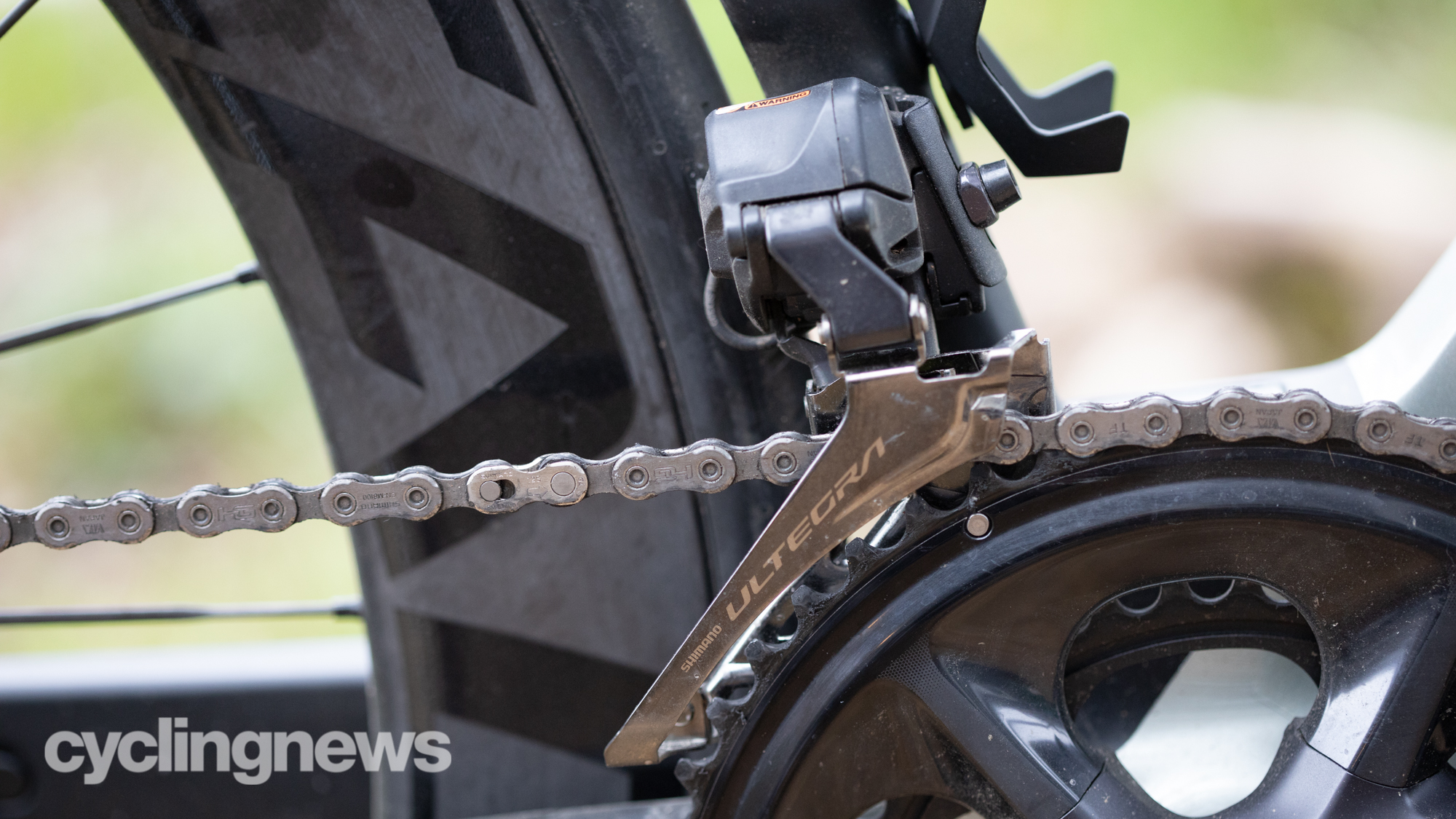
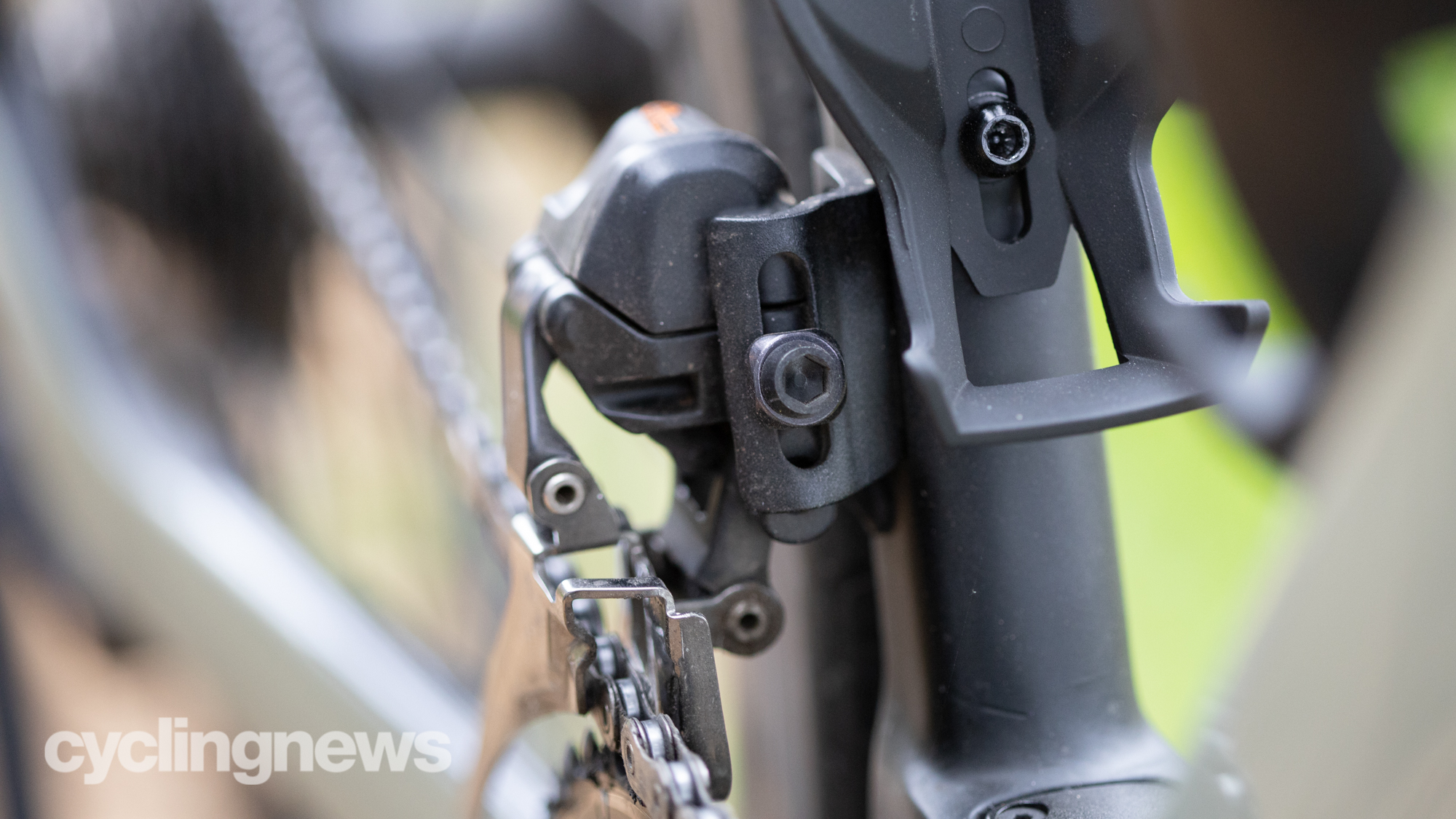
Performance
I grew up riding Shimano equipped bikes but it was not my first experience with electronic shifting. I started with Campagnolo electronic then moved to SRAM electronic shifting. Campagnolo is a lightning-fast shift experience that tends to be so fast and violent that it's upsetting to the whole frame. Banging from gear to gear means synchro shifting from the Italians is off the table for me.
When I switched to SRAM the biggest change was a truly fundamental change in both how the controls worked and also gearing philosophy. Right hand hard, left hand easy, both hands for the front is a genius system and the giant buttons are a joy with gloves. The shifting is slower but there's a rethink of gearing with the goal being that you rarely need to shift the inherently slower front derailleur. The downside of that rethink is the 10-tooth cog and need for a new freehub as well as how close it puts the chain to the frame.
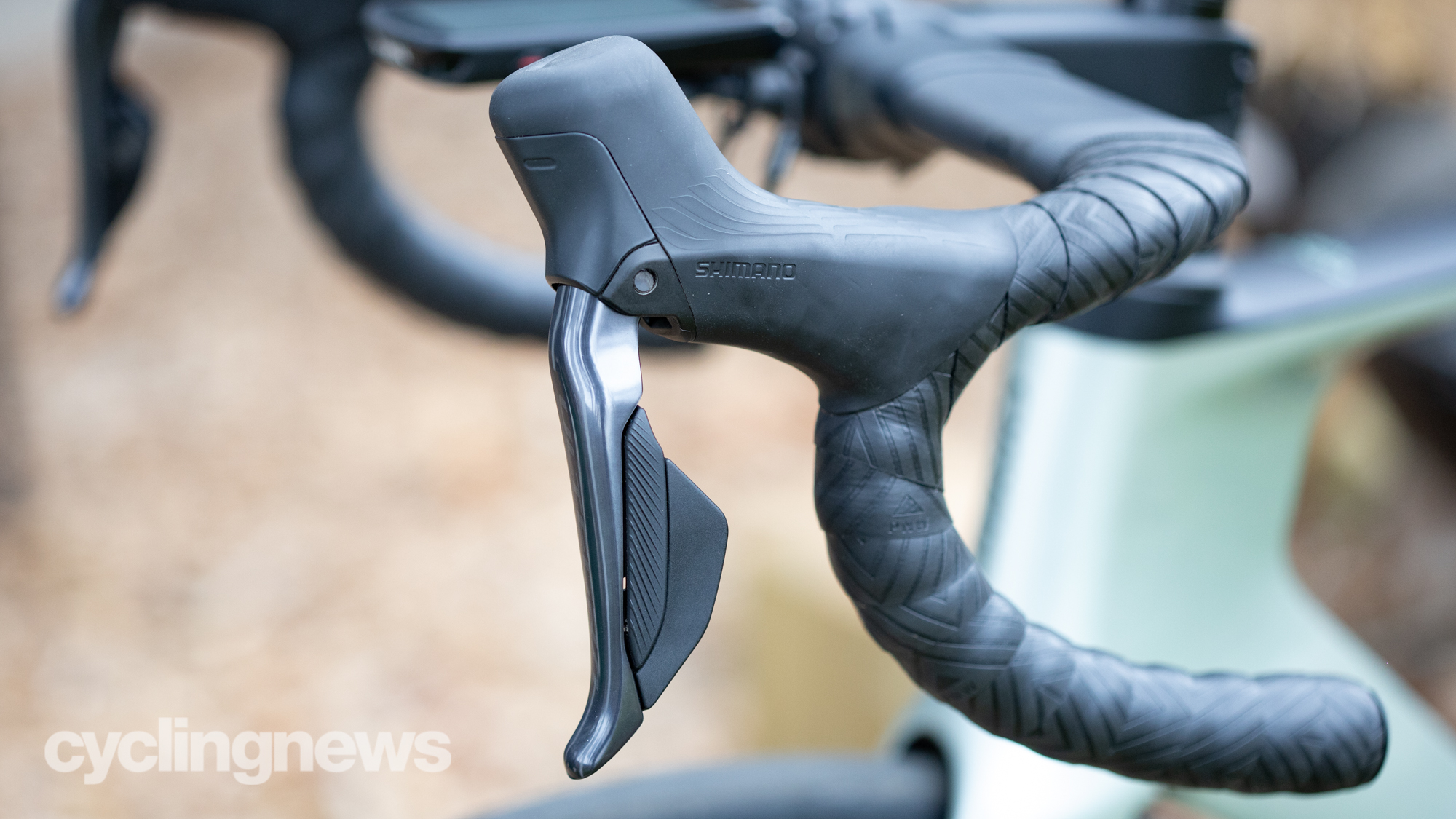
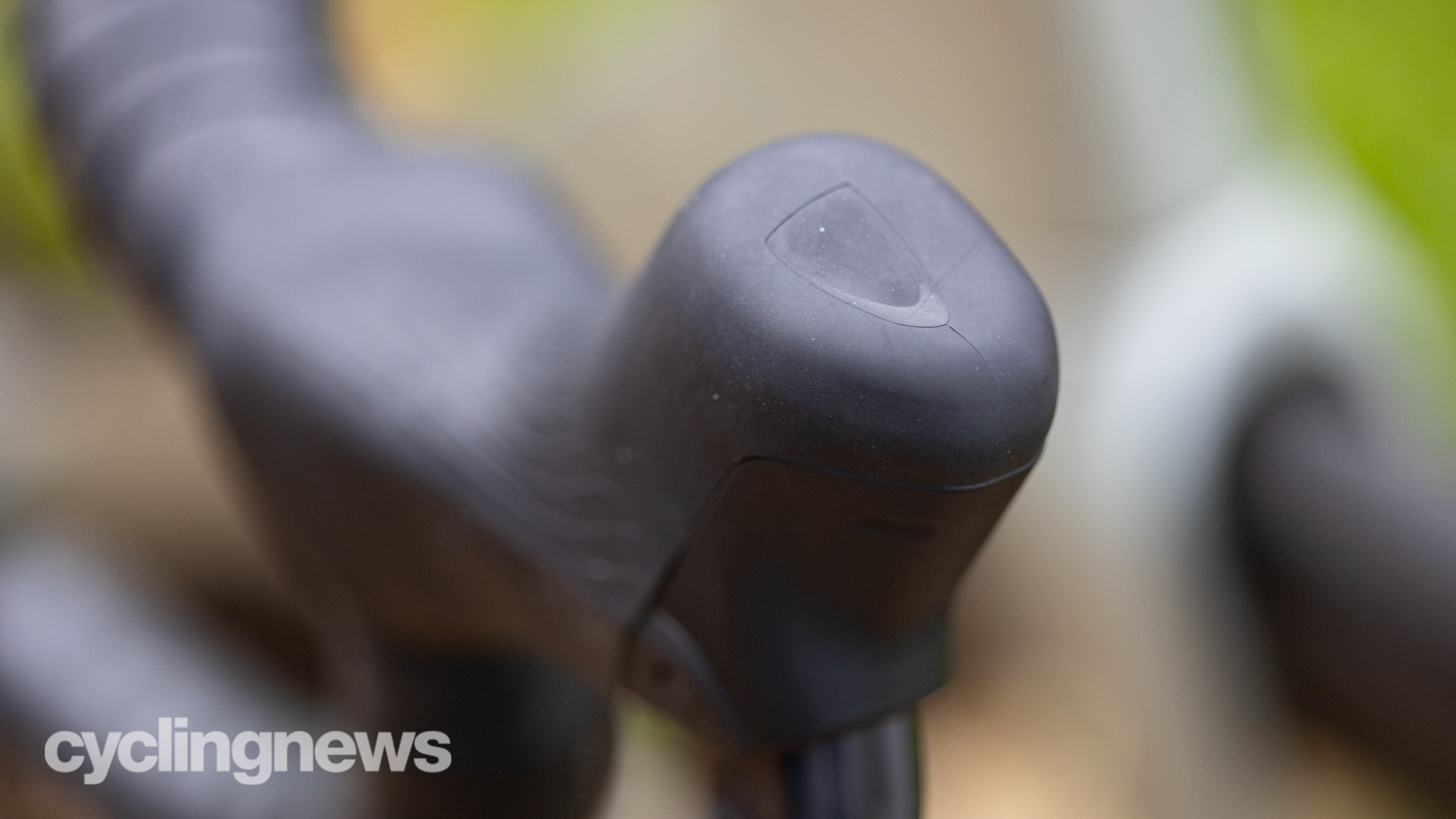
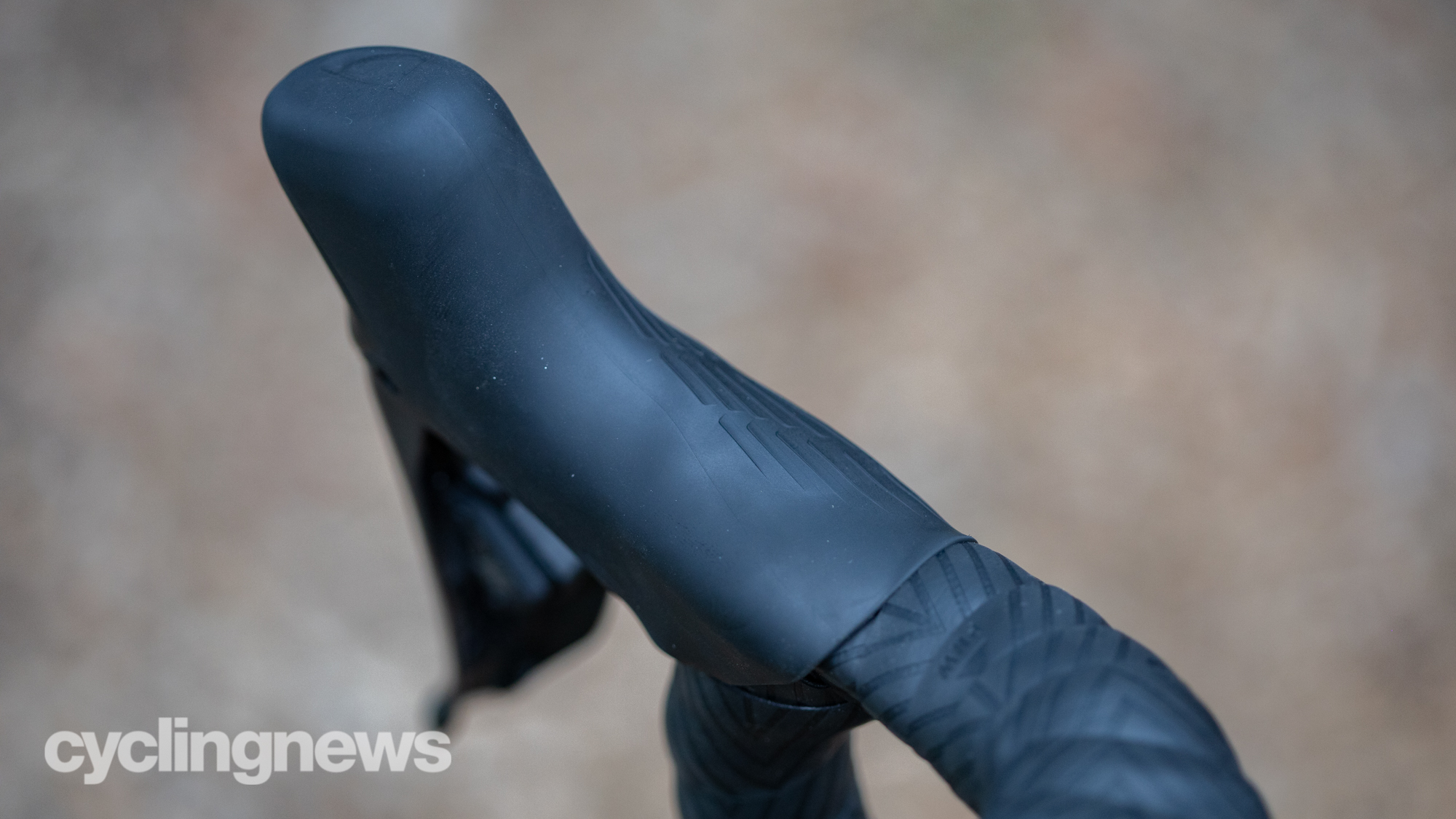
Spending time with Shimano Ultegra R8100 I've found it to be the Goldilocks of the two systems. I would never have said I needed faster shifting but once you experience fast shifting that's smooth, it's an impressive experience. As far as the gearing, the idea of limiting front chainring shifts is an admirable one. I’ve found though that the goal is best accomplished through existing standards. A 50/34 in the front paired with the right cassette keeps my chainline where it’s most efficient and eliminates the need for a new freehub standard or exceptionally tight clearances between the chain and chainstay. Your needs might lead to a different result.
Overall, the two biggest things I've noticed during my time riding Shimano Ultegra R8100 are the brakes and the hoods. The hoods are narrow and the flat area seems to fit my hand perfectly. I can sit there for hours comfortably. Using the buttons on the top of the hoods to switch screens on a bike computer feels like magic and there are no pressure points. When it's time to brake, it feels natural to wrap one or two fingers around the upper part of the brake lever while keeping my lower fingers wrapped around the bars.
Adopting that hand position means very little leverage against the brake lever. That, in turn, plays into the strengths of Servo Wave technology. There's plenty of power for strong braking performance even without moving to the drops for the best leverage on the brake levers. Spending more time on the tops, even when descending, isn't the traditionally taught best practice for riding but Shimano has made it work for those of us who do it.
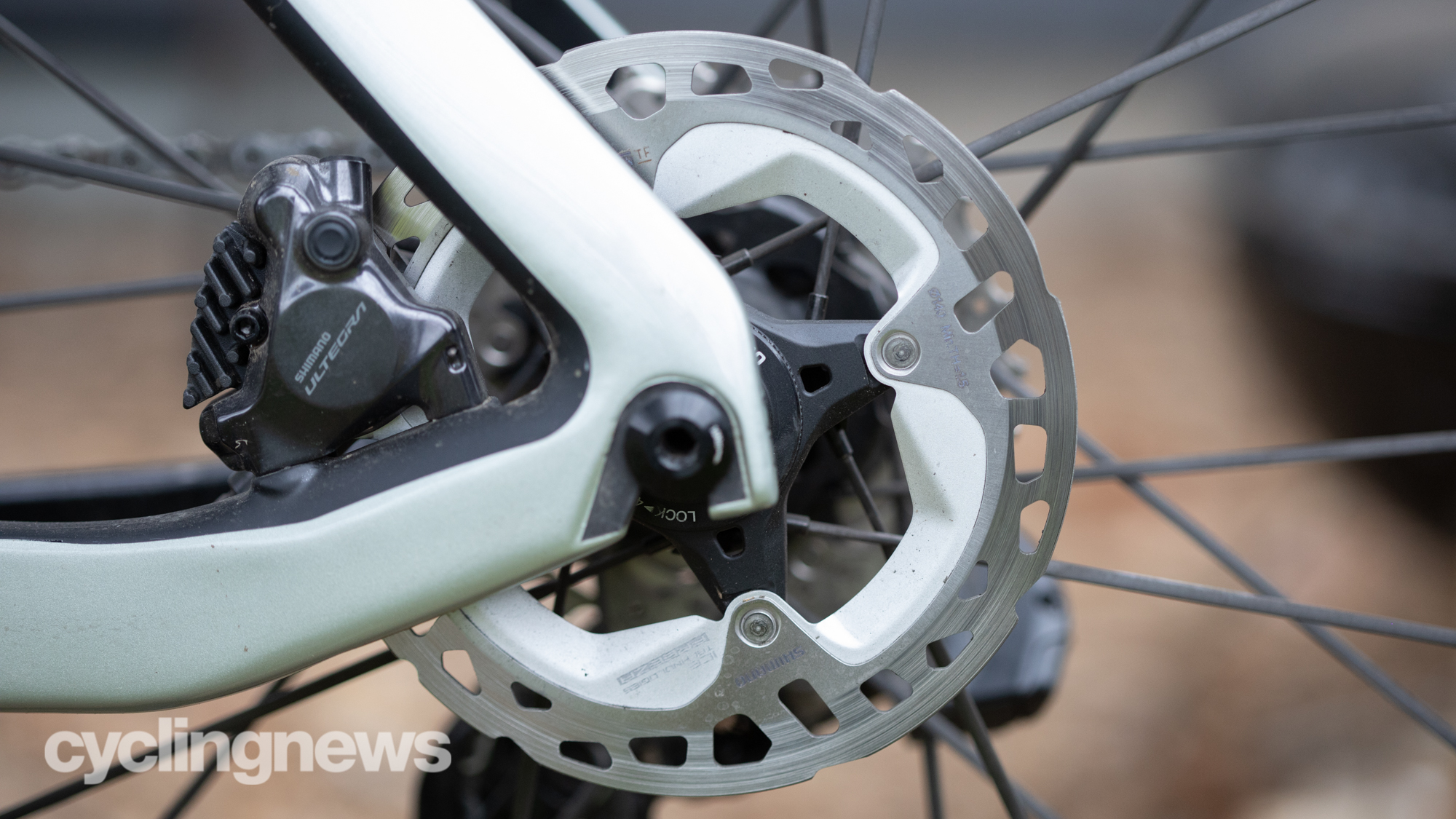
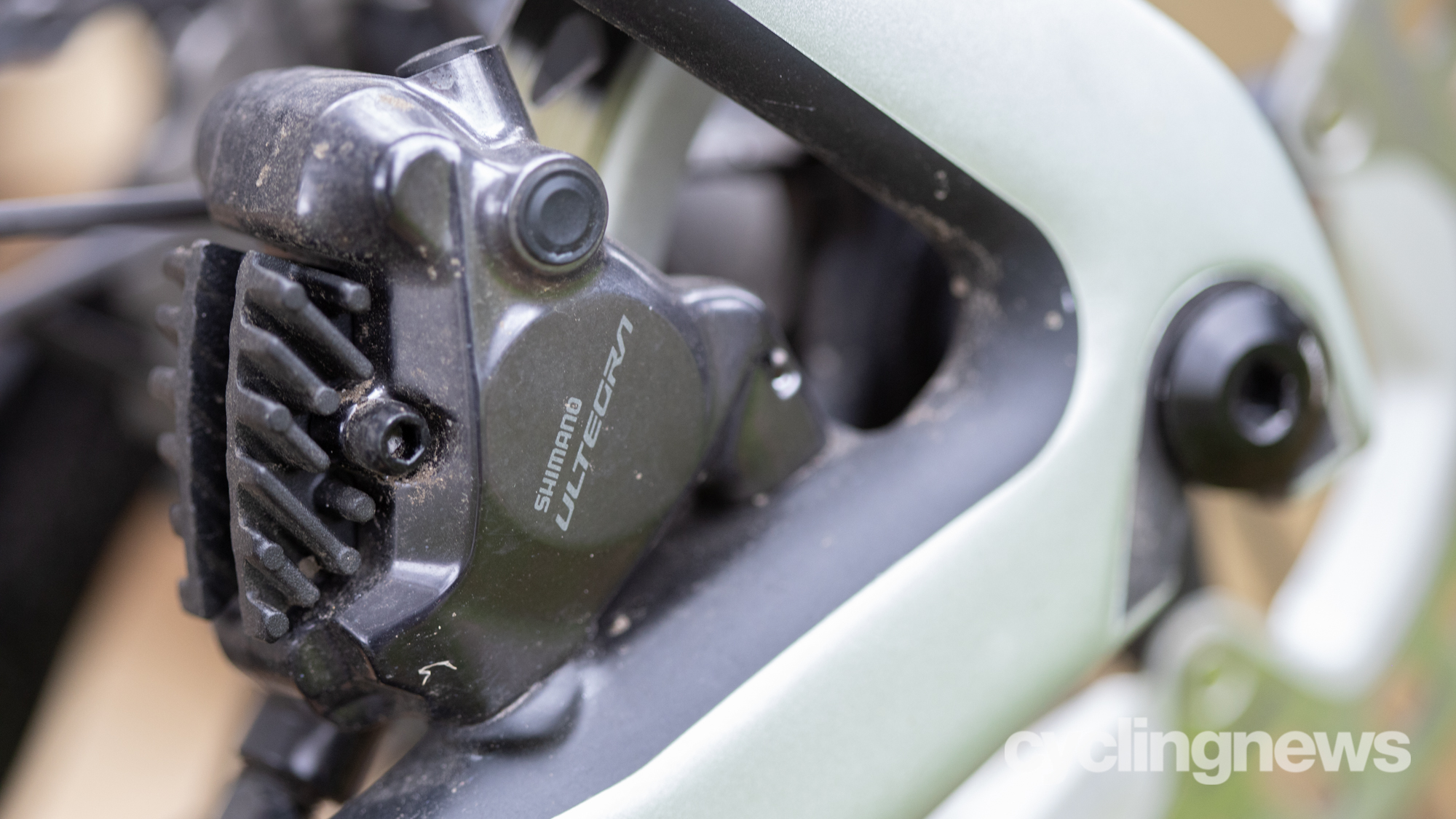
Verdict
When you are talking about the top tier groupsets from the three biggest manufacturers there's no real loser. It's no surprise that Shimano Ultegra R8100 is well-thought-out and performs at the highest level. Deciding which system you choose is more about preference.
Making the choice for Shimano Ultegra means more space between the frame and the chain. The extra buttons on the top of hoods are a joy and there's better pricing on replacement consumables such as cassettes and chains. It gives the flexibility to move from race-focused gearing to gearing that focuses on range without making any major component change. Compared to Dura-Ace you trade money for weight with Ultegra coming in at 278 grams heavier along with a hefty price reduction.
The one downside is the button arrangement. Campagnolo and SRAM both have Shimano beat in this department. It's been a long-standing complaint that the Di2 buttons are small and hard to differentiate between. This generation does a better job of differentiation but the buttons are still small and close together compared to the competition.
Tech Specs: Shimano Ultegra R8100
| Header Cell - Column 0 | Header Cell - Column 1 | MSRP $ | MSRP £ | Weight |
|---|---|---|---|---|
| Drivetrain | Row 0 - Cell 1 | Row 0 - Cell 2 | Row 0 - Cell 3 | Row 0 - Cell 4 |
| FC-R8100 | Ultegra Cranksets with Chainrings | $314.99 | £299.99 | 711g |
| FC-R8100-P | Ultegra Power Meter Crankset with Chainrings | $1,159.99 | £999.99 | 769g |
| ST-R8150 | Ultegra Di2 Shift/Rim Brake Lever Set (Left and Right) | $424.99 | £399.99 | Row 3 - Cell 4 |
| ST-R8170 | Ultegra Di2 Shift/Disc Brake Lever Set (Left and Right) | $809.98 | £699.98 | 391g |
| CS-R8100 | Ultegra Cassette (11-30) | $111.99 | £119.99 | 297g |
| FD-R8150 | Ultegra Di2 Front Derailleur | $259.99 | £249.99 | 116g |
| RD-R8150 | Ultegra Di2 Rear Derailleur | $409.99 | £379.99 | 262g |
| Row 8 - Cell 0 | Row 8 - Cell 1 | Row 8 - Cell 2 | Row 8 - Cell 3 | Row 8 - Cell 4 |
| Brakes | Row 9 - Cell 1 | Row 9 - Cell 2 | Row 9 - Cell 3 | Row 9 - Cell 4 |
| BR-R8100 | Rim Brake Caliper Set | $162.99 | £159.98 | Row 10 - Cell 4 |
| BR-R8170 | Hydraulic Disc Brake Caliper Set | $170.98 | £179.98 | 282g |
| RT-MT800 | Disc Brake Rotor (140mm and 160mm) | $55.99 | £49.99 (each) | 212g |
| J-Kit Brake Set | Ultegra Hydraulic Disc Brake Set (Calipers and Levers) - Front | $536.99 | £449.99 | Row 13 - Cell 4 |
| J-Kit Brake Set | Ultegra Hydraulic Disc Brake Set (Calipers and Levers) - Rear | $536.99 | £449.99 | Row 14 - Cell 4 |
| Row 15 - Cell 0 | Row 15 - Cell 1 | Row 15 - Cell 2 | Row 15 - Cell 3 | Row 15 - Cell 4 |
| Wheels | Row 16 - Cell 1 | Row 16 - Cell 2 | Row 16 - Cell 3 | Row 16 - Cell 4 |
| WH-R8170-C36-TL | Ultegra C36 Tubeless Disc Brake Wheelset | $1,399.99 | £1,259.98 | 1,488g |
| WH-R8170-C50-TL | Ultegra C50 Tubeless Disc Brake Wheelset | $1,399.99 | £1,259.98 | 1,570g |
| WH-R8170-C60-TL | Ultegra C60 Tubeless Disc Brake Wheelset | $1,399.99 | £1,259.98 | 1,649g |
| Row 20 - Cell 0 | Row 20 - Cell 1 | Row 20 - Cell 2 | Row 20 - Cell 3 | Row 20 - Cell 4 |
| Di2 Parts | Row 21 - Cell 1 | Row 21 - Cell 2 | Row 21 - Cell 3 | Row 21 - Cell 4 |
| BT-DN300 | Di2 Battery | $184.99 | £174.99 | 53g |
| EW-EC300 | Di2 Charger | $49.99 | £44.99 | Row 23 - Cell 4 |
| SW-RS801-S | Shift Switch for Drops (pair) | $139.99 | £119.99 | Row 24 - Cell 4 |
| SW-RS801-T | Shift Switch for Tops (pair) | $139.99 | £119.99 | Row 25 - Cell 4 |
Josh hails from the Pacific Northwest of the United States but would prefer riding through the desert than the rain. He will happily talk for hours about the minutiae of cycling tech but also has an understanding that most people just want things to work. He is a road cyclist at heart and doesn't care much if those roads are paved, dirt, or digital. Although he rarely races, if you ask him to ride from sunrise to sunset the answer will be yes. Height: 5'9" Weight: 140 lb. Rides: Salsa Warbird, Cannondale CAAD9, Enve Melee, Look 795 Blade RS, Priority Continuum Onyx
